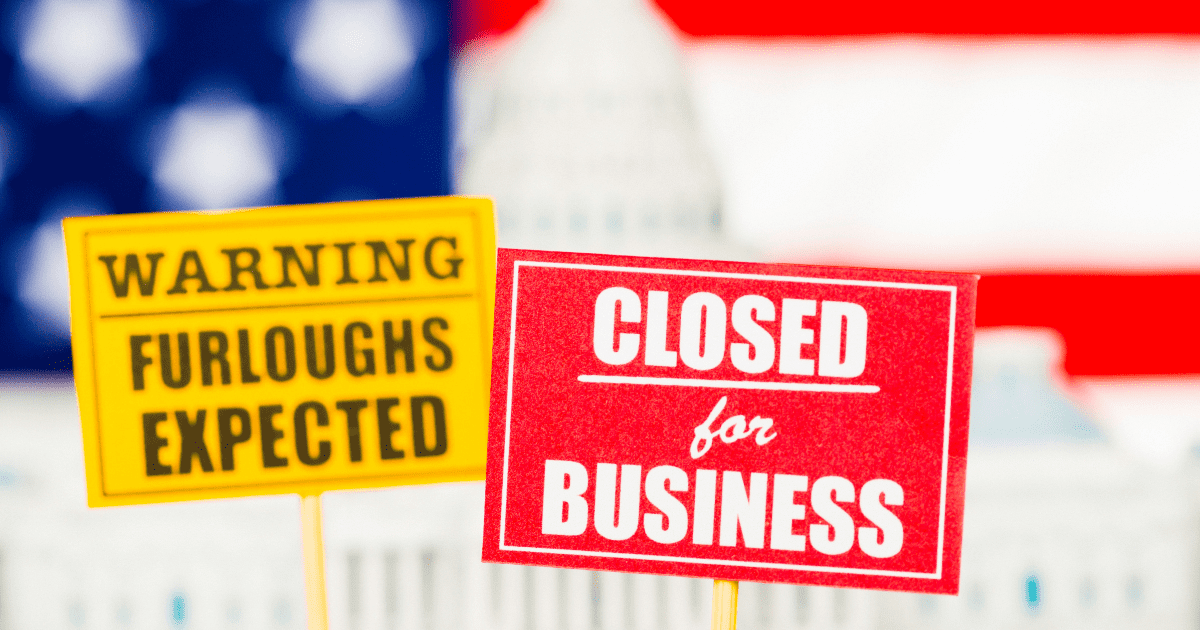Our world, country, and community are in a state of fragility, facing a crisis that has impacted every one of us in numerous ways. With so many businesses cutting back, shuttering and a recession looming, many H-1B workers and their employers find themselves in a hard predicament trying to navigate this changing landscape. This opinion article provides a summary of the various points to keep in mind, potentially leading to petition changes.
*Please remember that any final determinations or decisions should be based upon Government Issued Rules & Regulations, Legal Immigration Counsel as well as Best Practices from an HR standpoint.
Remote Work/Work from Home
As most employees have moved to a remote work practice due to COVID-19, many H-1B workers have been concerned about their work location. Rules state H-1B workers are only allowed to work at the location(s) filed in their approved petition and most likely, their home residence was not listed in the initial filing. Generally, a change in work location would necessitate an amended H-1B filing, however, there is some flexibility for those in this situation. If the H-1B employee is working within the same Metropolitan Statistical Area (MSA) as the work location in the submitted H-1B application, the resource can work from home without any additional approvals or filings.

Alternatively, if the home address is located outside the MSA, the worker is allowed to work at this alternate location for up to 30 working days per year without filing for an H-1B amendment. If the timeframe for remote work is longer than 30 working days, either a new Labor Condition Application (LCA) posting or a new LCA and petition amendment, including the remote work address, will be required. Remember, LCA’s must be posted at the new work location for a minimum of 10 business days.
Change of Job Responsibilities
The new normal may necessitate changes within business operations, activity, and day-to-day responsibilities of workers. Keeping this in mind, if the duties or role of an H-1B worker is changed, an amended H-1B filing is necessary by the employer.
Full-Time to Part-Time Employment
The economic downturn has resulted in numerous employers having to make employment changes, including cutting down worker hours. If an H-1B worker’s full-time status changes to part-time, an amendment to their petition must be filed by the employer. It should be noted that H-1B workers must adhere to rules and work the number of hours specified in their H-1B application. Therefore, if the petitioner filed for a full-time position, and has reduced the number of work hours, the petition amendment must reflect this.
Furloughs
As numerous companies are struggling to make ends meet, the tough decision to lay off versus furlough employees comes into question.

A furlough, defined as a temporary, unpaid leave, reduces labor costs for the employer without adding costs of severance packages, etc. Since H-1B workers cannot technically be furloughed (unpaid and non-productive), they must continue to be compensated their salary. The only exception to this is if the employer can prove that a reduction in work hours can still be considered full-time employment and a petition amendment may be necessary.
Layoffs
If an H1-B employee is laid-off due to the economic effects of COVID-19, there are a number of requirements that the employer must adhere to, including:
- Notifying the USCIS of the termination and effective date. This written notice should include the beneficiary’s full name, petition number as well as copy of their approval attached for reference. It should also be mailed using a carrier that offers tracking services.
- H-1B workers should be offered, by their employer, to pay for one-way transportation back to their home country of residence.
*It should be noticed that the H-1B worker will be granted a 60-day grace period from the shorter of either the layoff date or expiration of their I-94. During this grace period, the worker may seek new employment that would require a petition filing by the new potential employer within the grace period.
Unemployment Eligibility
Generally, H-1B workers, if laid-off, would not qualify for unemployment benefits since an employee must be deemed as ready, willing & able to work to be eligible. For a typical H-1B worker, their ‘ability’ to work ends upon being laid-off, terminated, or resigning. Thus, those laid-off most likely will not qualify for benefits.

RKMC understands the importance of handling all employment and immigration matters as a priority and with vigilance and care. If your position has been negatively affected by COVID-19 and you need assistance looking for a new full-time opportunity, please email a copy of your most updated resume to hr@rkmcinc.com. We work closely with our immigration counsel, catering to each case individually. We remain hopeful that our world will be healthy & safe again, with the economy rebounding and those affected both personally and professionally overcoming these desperate times.
To learn more about RKMC and our service offerings, please visit us at: https://www.rkmcinc.com/.

Author: Nidhi Kapoor , President at RK Management Consultants, Inc.

